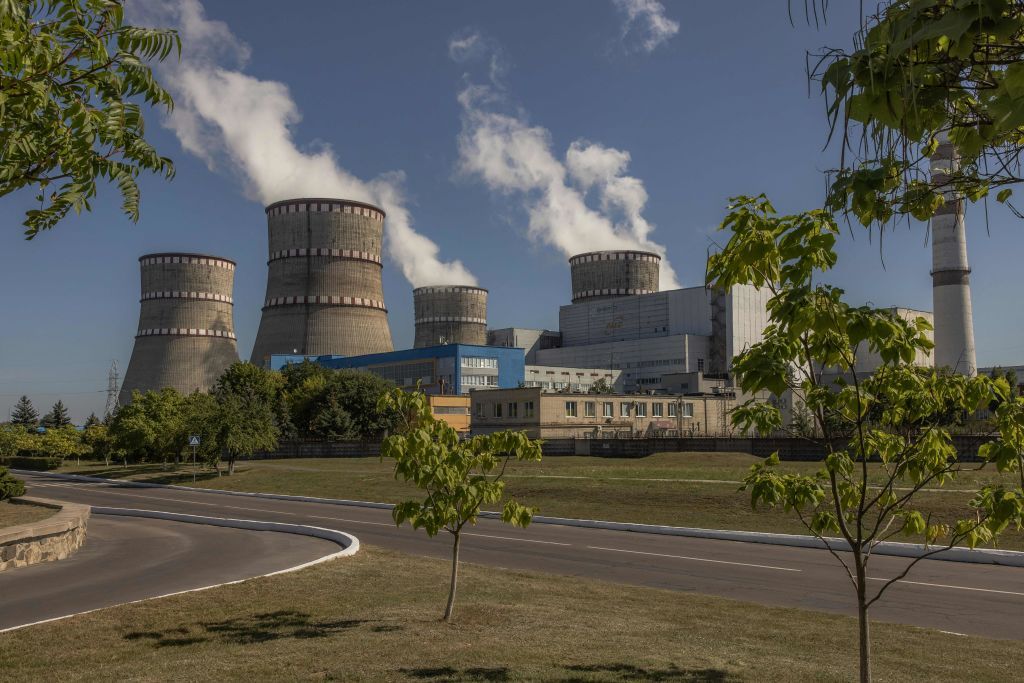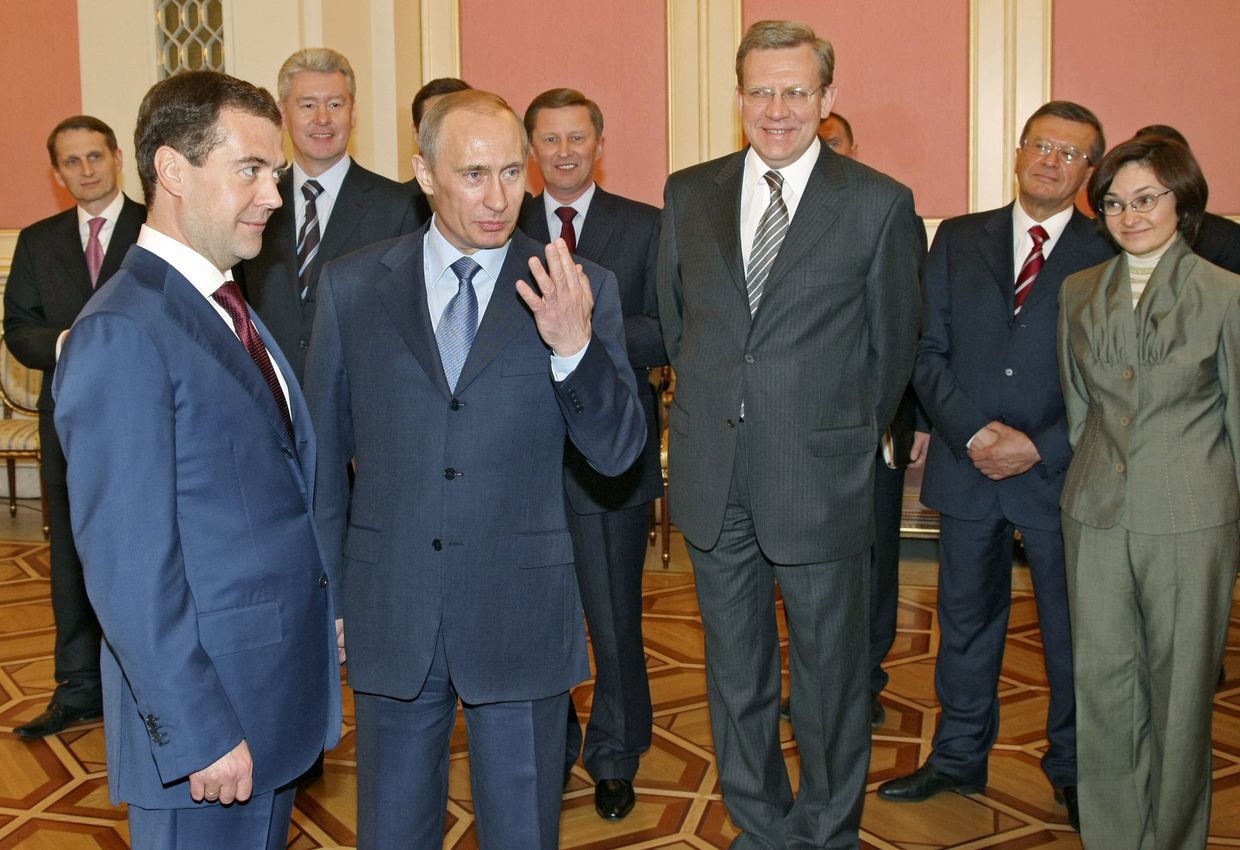FT: US-led price cap on Russian oil almost completely ineffective

The vast majority of Russian oil has been selling above the $60 per barrel limit that the U.S. and its allies have attempted to impose, the Financial Times reported on Nov. 14, citing unnamed Western officials.
According to the officials, the price cap initially saw some success after it was first introduced in December 2022, but Russia has since found ways to bypass it, and the price per barrel has likely returned on average to its pre-war status of roughly $80 per barrel.
However, some of the figures cited by FT refer to official economic statistics from Russia's Finance Ministry, which has "been questioned during the war."
In addition to the imposition of the price cap, the U.S. and its allies applied a number of other measures in an attempt to force compliance, such as "cutting off access to western services like shipping and insurance unless traders abided by the $60 limit."
Nonetheless, Russia has found ways to circumvent these restrictions, in large part by simply operating without insurance and through the usage of a "ghost fleet" of hundreds of aging oil tankers.
As with other forms of sanctions evasion, part of the success of the ghost fleet avoiding attention has been through doing business with third-party countries, such as Turkey.
However, other officials said that the price cap and related measures have thinned the Kremlin's profit margins even though oil was being sold at higher prices.
Selling oil without insurance and Western shipping costs Russian oil traders considerably more, which is compounded by longer journeys and other factors associated with sanctions evasion.
Even though profits were lower, there have been renewed discussions in recent days about the need to tighten restrictions on the export of Russian oil and force compliance with the price cap.
“The latest data makes the case that we’re going to have to toughen up . . . there’s absolutely no appetite for letting Russia just keep doing this,” an unnamed European official said.













